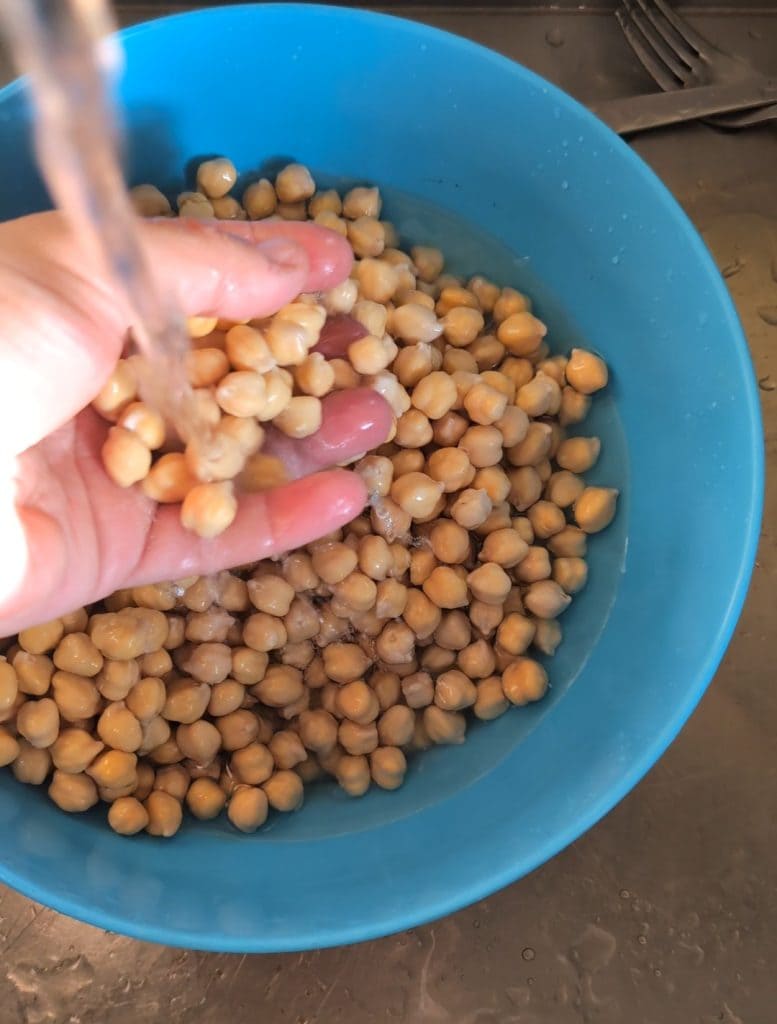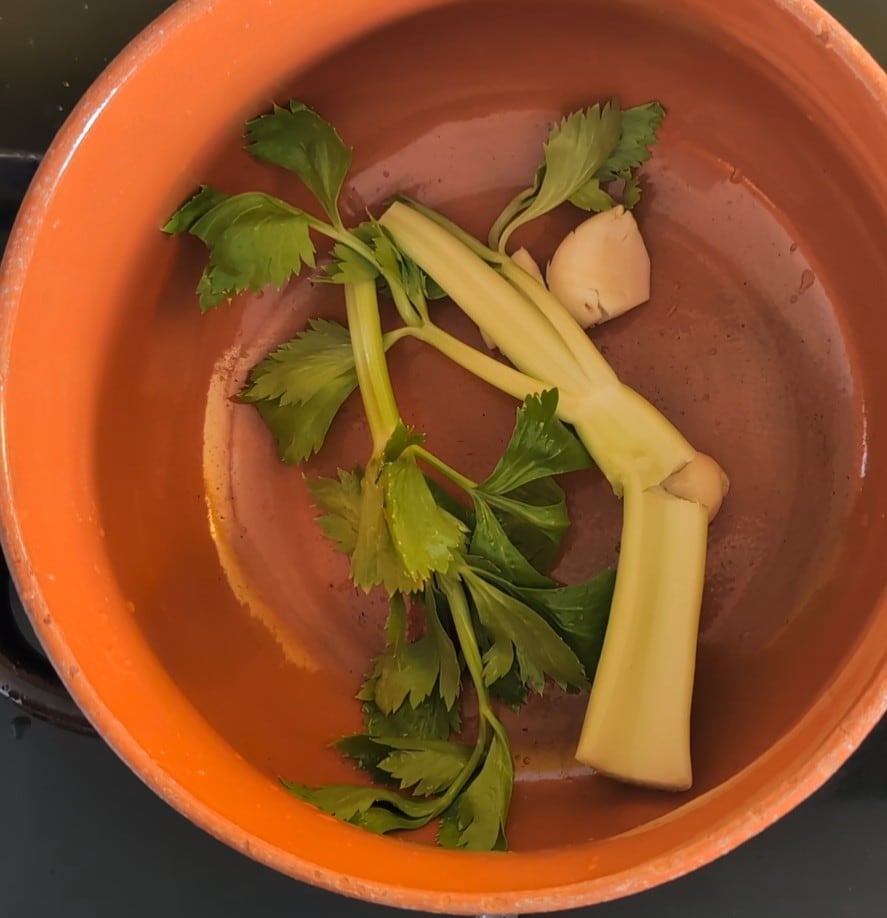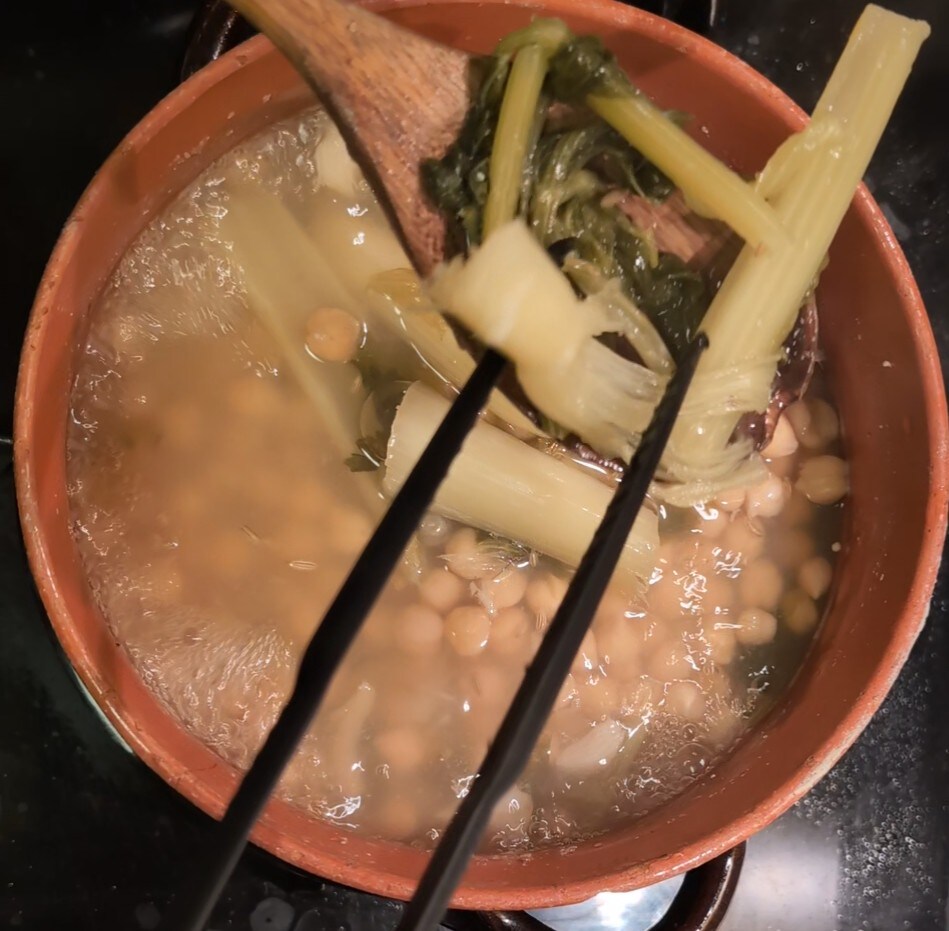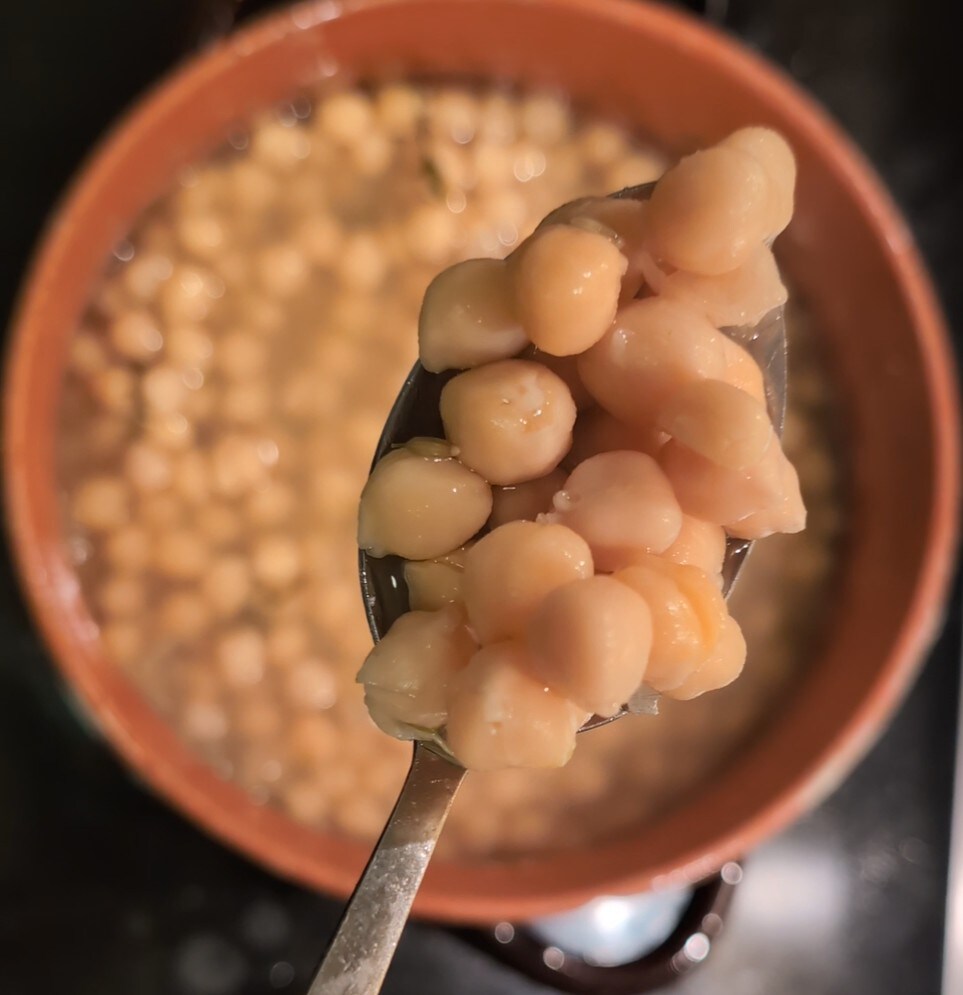How to cook dried chickpeas to always have them available for our kitchen creations? Because this ingredient is so versatile in the kitchen that it can be used in many different ways and for hundreds of recipes from all over the world. From classic pasta and chickpeas to creams like hummus, soups, snacks, many first courses and main dishes of every vegetarian or vegan culture. Chickpea burgers, chickpea cutlets, whatever you have in mind with chickpeas, you can do it. In this recipe, we will cook chickpeas in the most natural way possible without adding too many ingredients. We will see how to make plain chickpeas with just water and two basic ingredients that will not alter the taste or smell.

- Difficulty: Very easy
- Cost: Very economical
- Rest time: 12 Minutes
- Preparation time: 10 Minutes
- Portions: 6
- Cooking methods: Boiling
- Cuisine: Italian
- Seasonality: All seasons
- Energy 233.06 (Kcal)
- Carbohydrates 31.57 (g) of which sugars 2.47 (g)
- Proteins 14.01 (g)
- Fat 4.56 (g) of which saturated 0.61 (g)of which unsaturated 3.60 (g)
- Fibers 9.22 (g)
- Sodium 133.72 (mg)
Indicative values for a portion of 4 g processed in an automated way starting from the nutritional information available on the CREA* and FoodData Central** databases. It is not food and / or nutritional advice.
* CREATES Food and Nutrition Research Center: https://www.crea.gov.it/alimenti-e-nutrizione https://www.alimentinutrizione.it ** U.S. Department of Agriculture, Agricultural Research Service. FoodData Central, 2019. https://fdc.nal.usda.gov
Ingredients
- 14 oz dried chickpeas
- 1 stalk celery
- 1 tsp fennel seeds
- 0.07 oz coarse salt
- 1 drizzle extra virgin olive oil
- 2 cloves garlic powder
Tools
- 1 Clay Pot
Steps
Before starting to cook the dried chickpeas, soak the legumes for at least 8 hours in cold water.

The next day, when it’s time to cook the chickpeas, discard the soaking water and wash the chickpeas carefully, looking at them and discarding any with imperfections or impurities before cooking them plain in a preferably clay pot.

Then, in the clay pot or another one tall enough to contain all the chickpeas, we will put two cloves of garlic, one or two whole stalks of celery, the chickpeas, and cover with cold water up to 3 fingers above these fantastic legumes.

As soon as the water starts to boil, the legumes start to release a white foam, which for those who don’t know are the so-called saponins, which are nothing more than antinutrient substances of the legumes, completely normal but that make the absorption of the microelements contained in the legumes difficult. So we will remove as much as possible with a wooden spoon.

As for the plain cooking of chickpeas, you will have noticed that by this point I haven’t added oil or salt because we will adjust only at the end. For now, we are only concerned with the aromas we want to feel with the legumes. In this case, the celery, garlic, and if you like, also fennel seeds, are excellent in this preparation. Otherwise, skip this step.

After giving the chickpeas the aromas we want to feel, let everything cook over high heat for at least 60 minutes, making sure, however, that the cooking water does not drop below the legumes. Then remove the garlic if it is still whole and the whole celery stalks that we put at the beginning of the recipe.

At the end of cooking, we should have cooked plain chickpeas perfectly clean with just the cooking water, just as if we had bought them canned already cooked.

Finally, 5 minutes before turning off the gas, adjust with salt. On this occasion, I chose to use coarse integral salt. Alternatively, use the regular coarse salt you normally use.

Lastly, and after letting the chickpeas rest, add one or two tablespoons of extra virgin olive oil raw, even better when the chickpeas are completely cooled at room temperature.

Now that you know how to cook dried chickpeas, you just have to use them as you see fit in the kitchen!
Enjoy your meal from DadCook!


